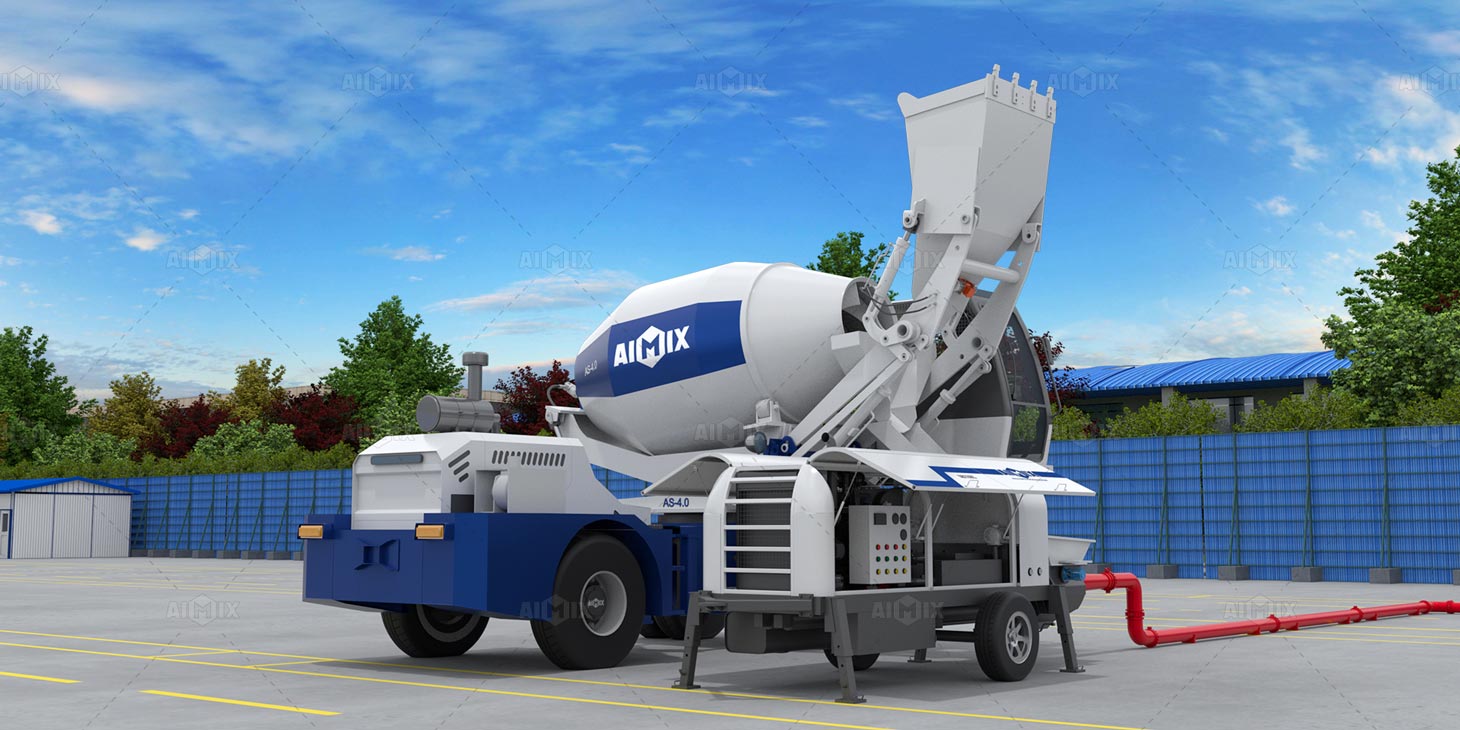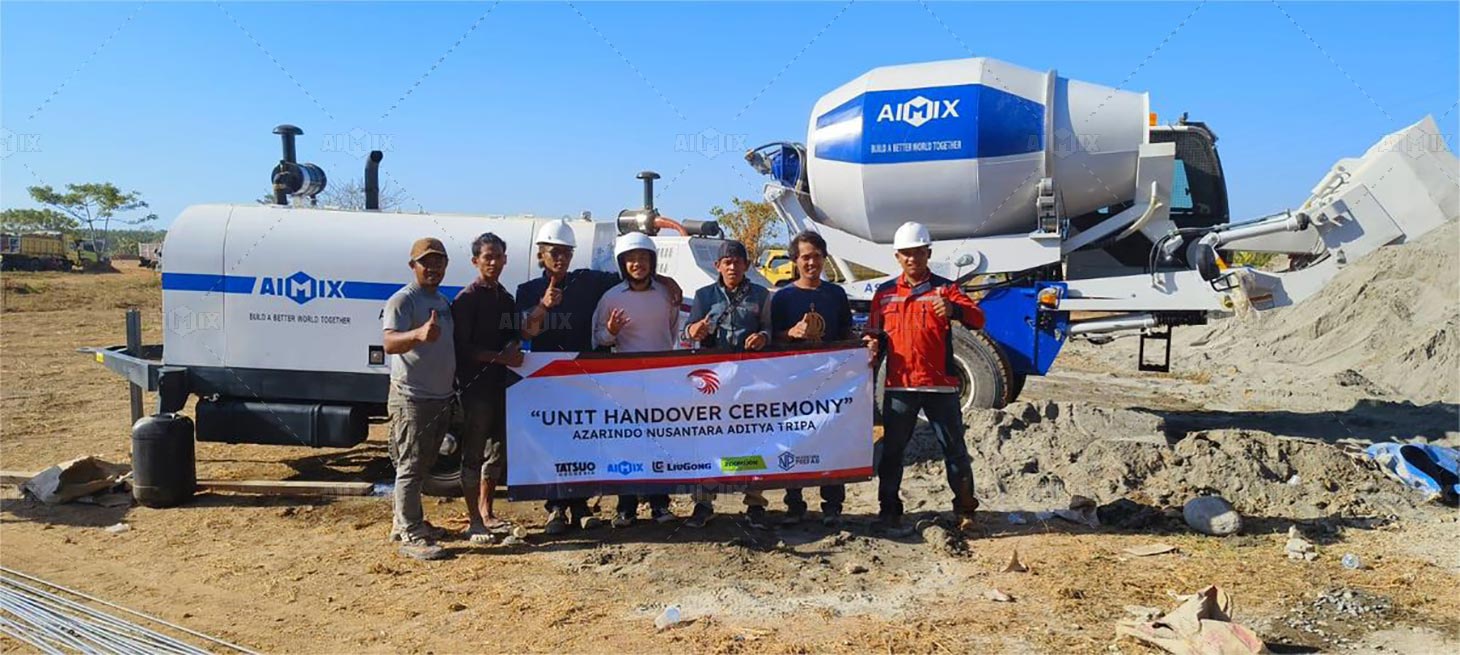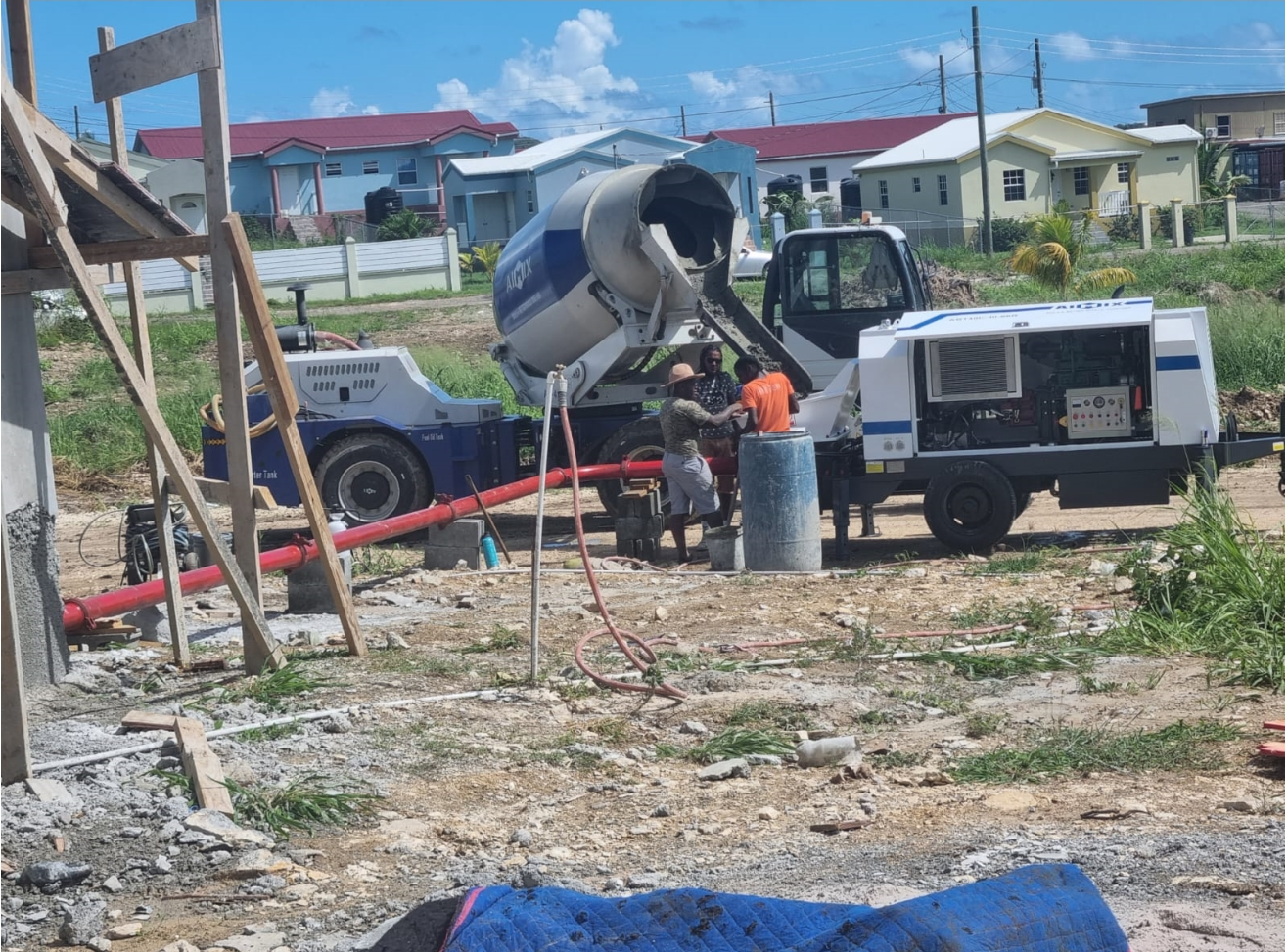Concrete pumps and self-loading concrete mixers are essential equipment in the construction industry, facilitating the transportation and placement of concrete efficiently. However, like any machinery, they come with their set of challenges that can affect performance and productivity. Understanding these problems is crucial for mitigating risks and ensuring smooth operations.
Concrete Pumps:
1. Operational Challenges
Concrete pumps are susceptible to various operational challenges that can arise during construction projects.
1.1 Pipeline Blockages
Pipeline blockages are a common issue faced by concrete pump operators, often caused by the accumulation of hardened concrete or foreign objects in the portable cement pumps pipeline. This can lead to delays in construction and require time-consuming maintenance to resolve.

1.2 Pumping Pressure Fluctuations
Fluctuations in pumping pressure can occur due to inconsistencies in the concrete mix or air pockets within the pipeline. These fluctuations can impact the uniformity of concrete placement and may require adjustments to the pumping process.
2. Maintenance Issues
Proper maintenance is essential for ensuring the longevity and performance of concrete mix pumping machine.
2.1 Wear and Tear on Components
The high-pressure environment and abrasive nature of concrete can cause accelerated wear and tear on pump components such as seals, pistons, and hoses. Regular inspections and replacement of worn parts are necessary to prevent breakdowns and ensure continuous operation.
2.2 Hydraulic System Failures
Hydraulic system failures can occur due to leaks, contamination, or inadequate maintenance. These failures can result in loss of pressure and affect the pump’s ability to deliver concrete effectively. Routine hydraulic system checks and servicing are essential for preventing such issues.

Self Loading Concrete Mixers:
1. Mixing Challenges
Self-loading concrete mixers face several challenges related to the mixing process.
1.1 Inconsistent Mix Quality
Achieving consistent mix quality can be difficult, especially when dealing with varying proportions of aggregates, cement, and water. Inadequate mixing can result in weak or uneven concrete, impacting the structural integrity of the final product.
1.2 Material Segregation
Material segregation occurs when the components of the concrete mix separate during transportation or mixing, leading to variations in composition and density. This can compromise the strength and durability of the concrete and may require additional remedial measures.
2. Maneuverability Issues
Maneuverability is a crucial factor in the efficient operation of self loading concrete mixture.
2.1 Limited Access to Job Sites
The size and weight of self-loading concrete mixers can limit access to congested or narrow job sites, hindering their ability to deliver concrete precisely where it is needed. This can result in logistical challenges and delays in construction projects.

2.2 Terrain Compatibility
Uneven terrain or rough terrain can pose challenges for self-loading concrete mixers, affecting stability and maneuverability. Operators must carefully assess site conditions and take appropriate measures to ensure safe and efficient operation.
In conclusion, while concrete pumps and self-loading concrete mixers offer significant benefits in terms of efficiency and productivity, they are not without their challenges. Addressing operational, maintenance, mixing, and maneuverability issues is essential for maximizing the performance and reliability of these essential construction equipment. By understanding and proactively addressing these problems, construction professionals can minimize downtime, reduce costs, and ensure the successful completion of projects. Get more details here: https://concretemixerwithpump.com/self-loading-transit-concrete-mixer/.